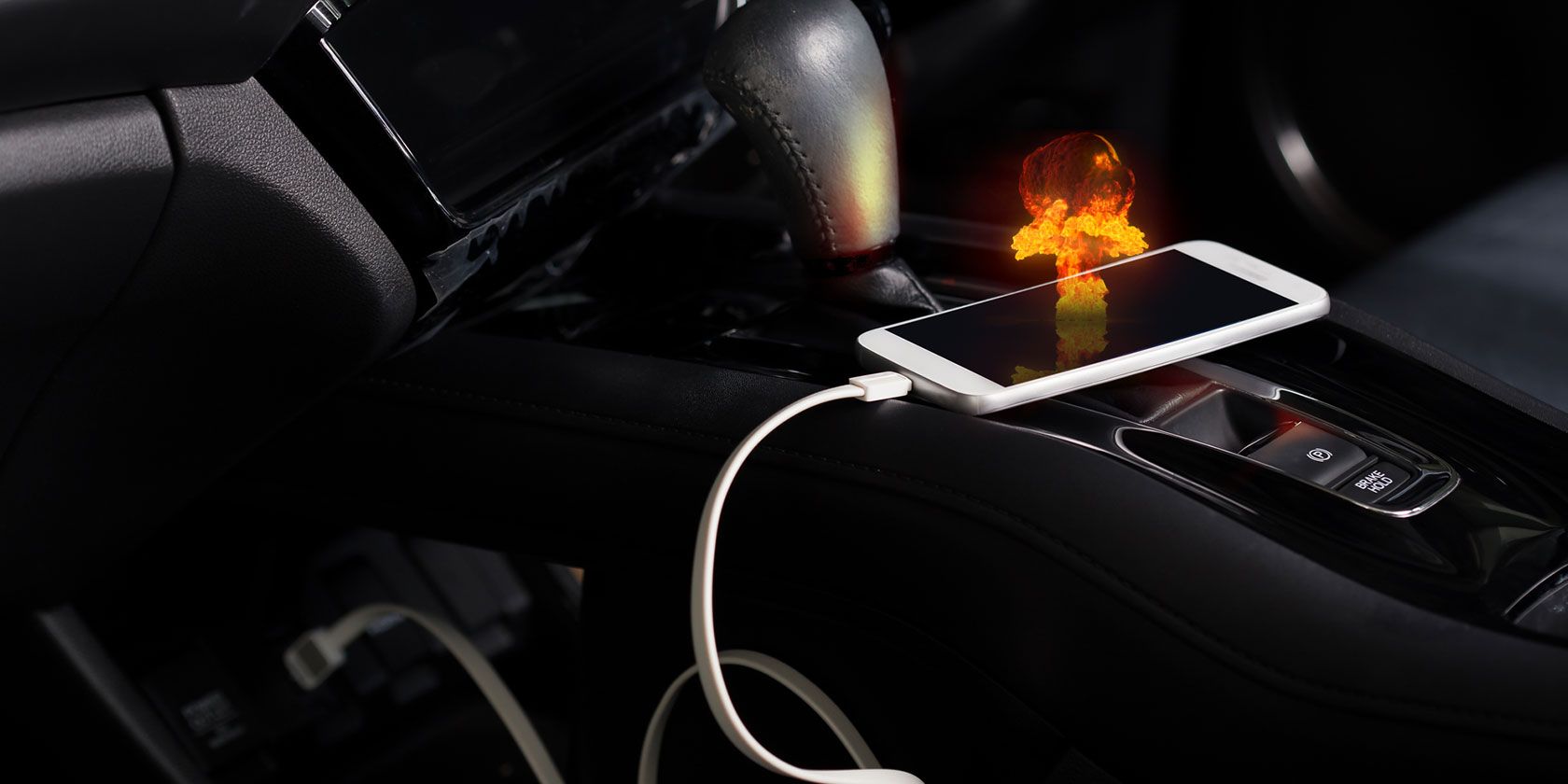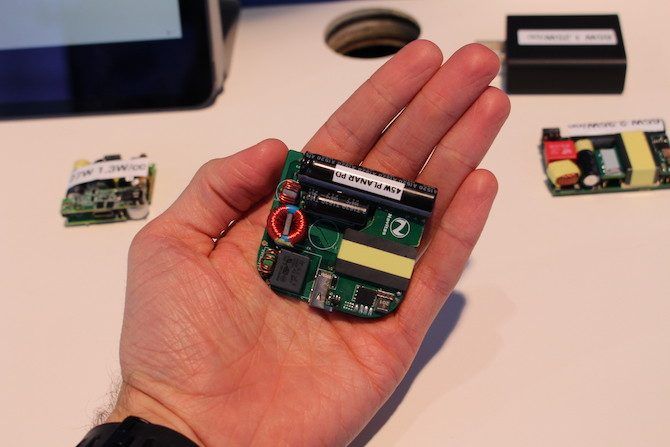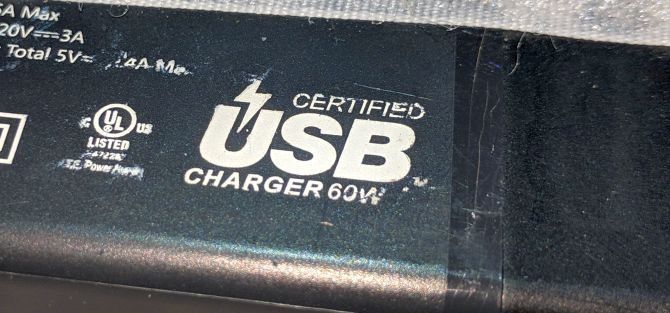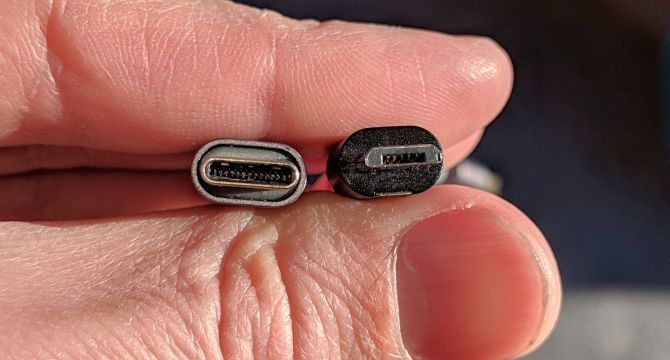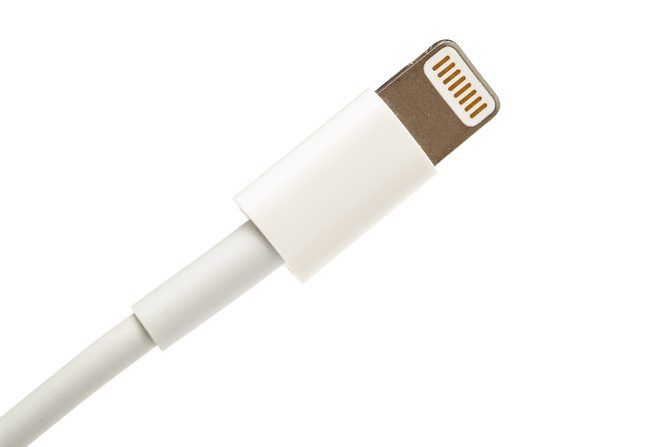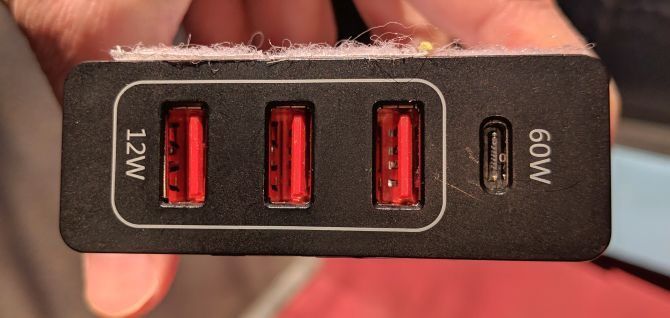Buying a USB car charger isn't easy. Not only can it fail to charge certain phones, but they can also cause a fire---unless you know what to avoid.
In short, consumers need to know that the car charger market is undergoing rapid change in technologies, certification standards, and connection types that may make today's chargers obsolete tomorrow.
There are some mistakes to avoid when buying a new USB car charger:
- Avoid buying a USB car charger right now: There are some developments and changes coming up in the next year or so that will affect the best way to shop for a USB car charger.
- Don't buy the wrong car charger: Car chargers come with different standards that aren't compatible with each other.
- The wrong USB-C car charger or cable can destroy your devices: Car chargers suffer from the same problems as regular chargers, which means a poorly designed charger can destroy your devices.
- There are different fast charging standards: The wrong charger may not charge your phone fast enough.
1. Avoid Buying a USB Charger Until Late 2019
Unless you need a charger immediately, it's not time to buy. There are three developments that make today's car chargers artifacts of the past.
Gallium Nitride
A new technology known as gallium nitride (GaN or GaNFast) transistors is revolutionizing the reliability, speed, and miniaturization of all chargers. Over time, older car chargers will become cheaper and the new technology will offer more product lines, including car chargers. However, as of early 2019 there are no GaNFast car chargers.
USB-IF Certification
Concerned about damaging your devices? Look for the newly announced USB-IF USB Type-C Authentication Program for USB-C chargers (not Micro-USB/USB-A chargers). The USB-IF non-profit organization offers both authentication and certification for USB-C devices.
While the authentication program is relatively new, it may take some time before chargers are USB-IF authenticated and certified.
The standard isn't bulletproof but it's a great sign that the manufacturer has taken some pains at making the charger safe for consumers. Here's what the certification logo looks like:
Chargers without the specification are more likely to destroy your USB-C devices. More or less, where there's smoke, there's fire.
Quick Charge 4.0
Aside from being faster than Quick Charge 3.0, Quick Charge 4.0 can work with USB-Power Delivery, from the same port. The Quick Charge 4.0 specification, however, is very recent and as of February of 2019, there are no examples on the market.
2. Avoid Buying the Wrong USB Car Charger
If you don't know what kind of charger port you need, here's a quick explanation:
There are four kinds of car chargers:
- USB-A to Lightning (iPhone)
- USB-A to Micro-USB (older Android)
- USB-C to USB-C (newer Android)
- Wireless charging car charger (Some Android models and iPhone 8-series or newer)
Below is an image of a USB-C port compared to the older Micro-USB standard.
Here's what Apple's Lightning connector looks like:
Most consumers know that USB-C, Lightning, and Micro-USB are separate standards. It gets tricky, though, when you deal with USB-C connectors. Aside from the dangers of buying a poorly made charger and cable, not all USB-C chargers work for all devices.
There is no good way around this other than reading reviews.
3. Avoid Dangerous USB-C Chargers
There are two things that will blow your phone up: a poorly made USB-A to USB-C cable and a poorly made USB-C charger.
The rectangular ports on the charger pictured below are USB Type-A (or USB-A). The differently-shaped port on the right is USB-C. USB-A can charge almost anything (except a laptop) if you have the right cable. USB-C is designed mainly to charge USB-C devices. If a USB-C port is not USB-PD or Quick Charge capable, then it will not charge at anything other than USB-A's maximum output (which is around 10 watts).
Second, some USB-C cables, particularly USB-A to USB-C can damage your devices. Avoid using dangerous USB-C cables. In general, if you buy cables from well-respected brands and use sites like FakeSpot to check for fake reviews, you reduce the chances of buying a dangerous cable.
Third, USB cables come with amperage ratings. Most third-party cables of any decent quality will offer a 2.0 amperage rating or better. The higher-end chargers require cables with a 2.4 amperage rating. Here's our roundup of the best and most durable USB cables.
4. Avoid Buying the Wrong Fast Charging Standard
"Fast charging" is a special ability that allows phones like the iPhone and Samsung Galaxy S9 to charge at faster-than-normal speeds. But there's a catch: you also need a special (oftentimes sold-separately) fast charger.
That's where you can go wrong. There there are two fast charging technologies that aren't compatible with each other: USB-C Power Delivery and Qualcomm's Quick Charge.
In general, iPhones (8th generation and newer), LG, and Google Pixels use Power Delivery. Most Android phones, particularly Samsung, use Quick Charge. However, the two standards may soon become compatible with one another.
Quick Charge version 4.0 is interoperable with USB-Power Delivery---which means a charger can offer both standards without damaging your devices.
Two charging standards that you probably haven't heard of (and won't likely ever see) are MediaTek's Pump Express and OnePlus's Dash Charge. If you have a OnePlus phone, you probably know already. With Pump Express, the dead giveaway is if you have a Chinese tablet or phone.
Any USB Car Chargers Worth Buying?
If you need to buy a charger, I recommend the Amazon Basics USB-A car charger as a temporary solution. It won't fast charge, or charge laptops, but it also costs little. Another option is a [car power inverter](https://www.amazon.com/Foval-Power-Inverter-Converter-Charger/dp/B01H2XD2DY?tag=muo-v2-5583i2o-20&ascsubtag=UUmuoUeUpU38656&asc_refurl=https%3A%2F%2Fwww.makeuseof.com%2Ftag%2Fusb-car-charger-mistakes%2F&asc_campaign=Evergreen).norewrite .noskim .nofollow. Inverters add a wall socket (and USB charge ports) to a car's lighter receptacle port, which allows you to use a stock USB-C charger. They're also cheap and better built than most car chargers.
There are also a number of wireless chargers available (what you need to know about wireless charging) that offer safe and broadly compatible charging standards. Unfortunately, wireless chargers are much slower than wired charging, which is why they're inherently safer.
Looking for more car charger solutions? Check out our roundup of the best USB car chargers.
Image Credit: escapejaja/Depositphotos

